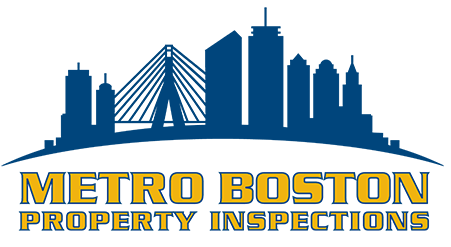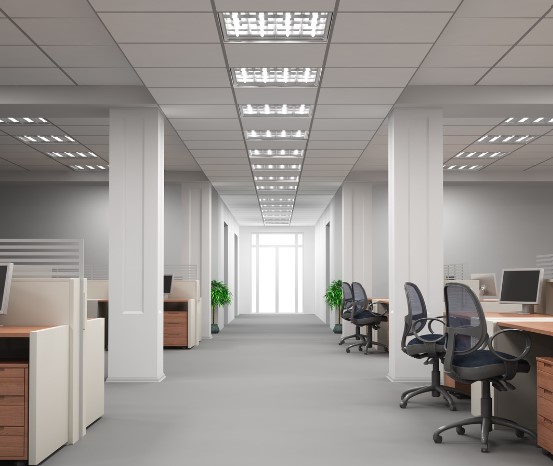A Comprehensive Guide to Inspecting Office Buildings: Ensuring Safety, Efficiency, and Comfort
Introduction:
Office buildings serve as the hub of business operations, housing employees, valuable assets, and critical infrastructure. It is essential to ensure that these structures are safe, efficient, and comfortable for occupants. Regular inspections play a crucial role in identifying potential issues, mitigating risks, and maintaining the overall integrity of the building. In this article, we will explore the key aspects of inspecting office buildings, providing you with a comprehensive guide to ensure the well-being of your workspace.
- Structural Integrity Assessment:
A thorough examination of the office building’s structural components is vital. Inspectors should assess the foundation, walls, columns, beams, and roofs for signs of cracks, corrosion, water damage, or other structural deficiencies. A proper assessment ensures the stability and safety of the building and helps identify any potential risks.
- Electrical Systems and Safety:
Electrical systems are a critical aspect of office buildings. Inspectors should review the wiring, electrical panels, circuit breakers, and lighting systems for compliance with safety standards. Checking for any signs of wear, malfunctioning equipment, or potential fire hazards is crucial. Additionally, inspections should include testing emergency lighting and backup power systems to ensure they are functional during power outages.
- HVAC and Ventilation Systems:
An efficient heating, ventilation, and air conditioning (HVAC) system is crucial for maintaining a comfortable and healthy working environment. Inspectors should evaluate the performance of HVAC systems, check filters, assess air quality, and ensure adequate ventilation throughout the building. Regular maintenance and cleaning schedules should be implemented to optimize energy efficiency and indoor air quality.
- Fire Safety Measures:
Fire safety is paramount in office buildings. Inspectors should assess the presence and functionality of fire detection systems, smoke detectors, fire extinguishers, sprinklers, and emergency exits. Additionally, they should review the building’s adherence to fire codes and ensure that evacuation plans are in place and prominently displayed.
- Plumbing and Water Systems:
A well-maintained plumbing system is essential to prevent water damage, leaks, and mold growth. Inspectors should check water supply lines, pipes, faucets, toilets, and drainage systems for any signs of leaks, blockages, or water pressure issues. Properly functioning plumbing systems promote occupant safety and contribute to a healthy work environment.
- Safety and Accessibility Compliance:
Office buildings must comply with safety and accessibility regulations to accommodate people with disabilities. Inspections should verify the presence and functionality of ramps, handrails, elevators, emergency exits, and accessible parking spaces. Regular inspections and maintenance ensure compliance with accessibility laws, allowing all individuals to access and navigate the building safely.
- Environmental Considerations:
Inspecting office buildings should also address environmental aspects. Evaluating energy usage, water efficiency, waste management systems, and the presence of hazardous materials helps identify opportunities for improvement. Implementing sustainable practices and reducing the building’s environmental footprint not only benefits the planet but also improves operational efficiency and occupant satisfaction.
Conclusion:
Regular inspections of office buildings are vital for ensuring the safety, efficiency, and comfort of occupants. By evaluating the structural integrity, electrical systems, HVAC, fire safety measures, plumbing, accessibility compliance, and environmental considerations, inspectors can identify potential issues and implement necessary measures. Proactive inspections not only mitigate risks but also contribute to the longevity and optimal functioning of office buildings, fostering a productive and safe working environment for all.






